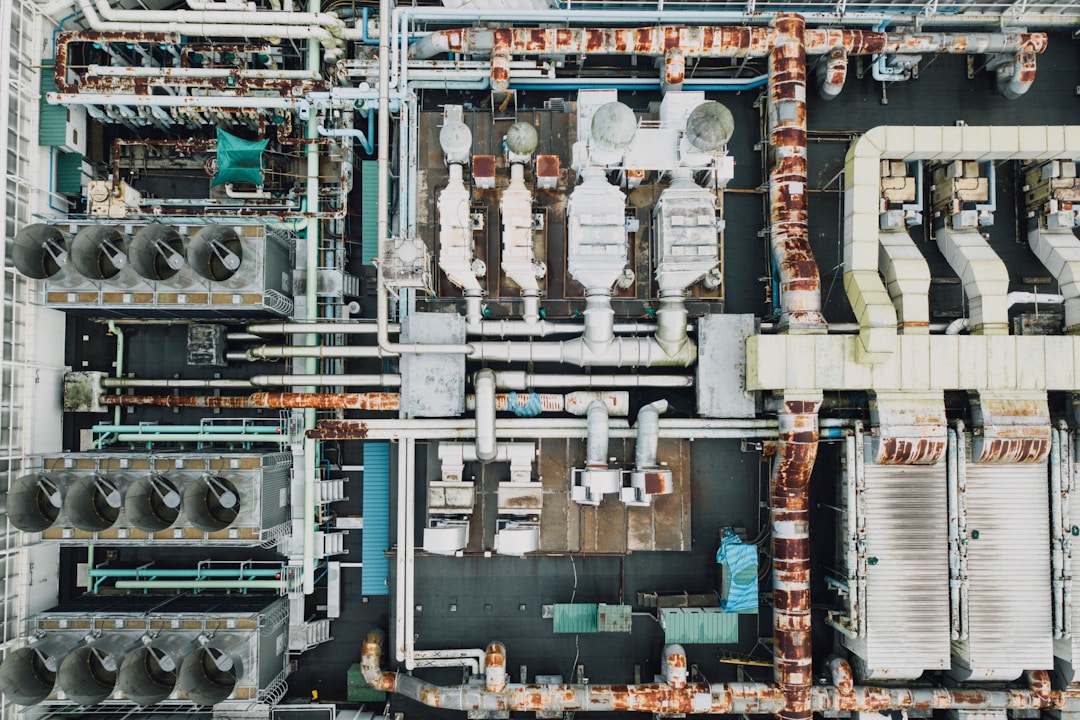Protecting high-security environments and sensitive information is crucial when it comes to the success and safety of any business or organization. Implementing stringent security measures can help minimize the risks of threats that could jeopardize your assets and reputation. In this article, we’ll discuss the importance of securing sensitive facilities and provide tips on how to enhance industrial security in different types of environments. Keep reading to learn more.
Implementing Physical Security Measures

Physical security is essential in protecting sensitive facilities from unauthorized access or damage. It involves securing the premises using robust perimeter fencing, access control systems, intrusion detection systems, and closed-circuit television (CCTV) security. These barriers help prevent unauthorized personnel from entering a high-security area and act as a deterrence to potential intruders who might be put off by the visible security measures put in place.
Access control systems regulate who can enter a specific area or access certain information. These systems can include card readers, biometric scanners, or even smartphone applications that require authentication before access is granted. Coupling access controls with intrusion detection systems ensures any breaches or forced entries are detected and addressed promptly.
CCTV security plays a crucial role in monitoring activity within and around a high-security area. Modern security solutions incorporate artificial intelligence (AI) and advanced analytics, allowing security personnel to monitor real-time activities and receive alerts in the event of unusual or suspicious activity. This helps ensure potential security threats are identified and dealt with efficiently.
Cloud-Based Systems
One solution that’s gaining popularity among manufacturers is the use of cloud-based security systems. These solutions offer several benefits over traditional security cameras, including easy installation and remote monitoring capabilities. Cloud-based systems can also provide more advanced features such as automated video analytics, which help manufacturers detect anomalies and potential threats in real-time. Additionally, these systems can scale more easily with the needs of a growing industrial facility.
Factors such as ease of use, scalability, and cost are all important considerations when selecting a security solution for a sensitive facility. A well-designed security system can help manufacturers mitigate risks, improve employee safety, and protect their valuable assets.
Enhancing Cyber Security Protocols
Cyber security focuses on protecting sensitive information from unauthorized access, theft, or damage due to cyber attacks. This involves implementing firewalls, antivirus software, encrypted communication channels, and secure storage solutions. Furthermore, organizations should invest in regular security audits and penetration testing to identify potential vulnerabilities in their security infrastructure and fix them promptly.
Another critical aspect of cyber security is ensuring continuous cybersecurity education and awareness training for employees. Studies have shown that many successful cyber attacks stem from human error, such as falling victim to phishing emails or accidentally sharing sensitive information with unauthorized personnel. Regular training ensures employees are up to speed with current security threats and best practices in addressing them effectively.
Collaboration between IT departments and other business units is also essential to address the integration of various systems. As digital transformation becomes more widespread, it’s vital to consider how to protect devices and interconnected systems from potential security risks. Proper integration and security protocols will ensure cyber threats are actively managed and minimized.
Establishing a Culture of Security

Perhaps the most crucial aspect of protecting sensitive facilities and information is creating a culture of security within the organization. This means fostering an environment where every employee understands the importance of security and is committed to protecting sensitive information and assets. Embedding a security mindset in employees ensures they actively contribute to the prevention of security breaches.
Building a security culture includes ongoing training, clear communication of policies and expectations, and promoting transparency between management and staff. Encouraging open communication channels and reporting systems will empower employees to identify potential risks and contribute effectively to the security of the organization.
The security of sensitive facilities and information should be a top priority for any organization or business. Ultimately, implementing proper industrial security measures, improving cyber security protocols, and establishing a strong security culture are all vital components in protecting any high-security environment. By staying proactive and investing in these protective measures, organizations can minimize risks and safeguard their reputation and valuable assets.










